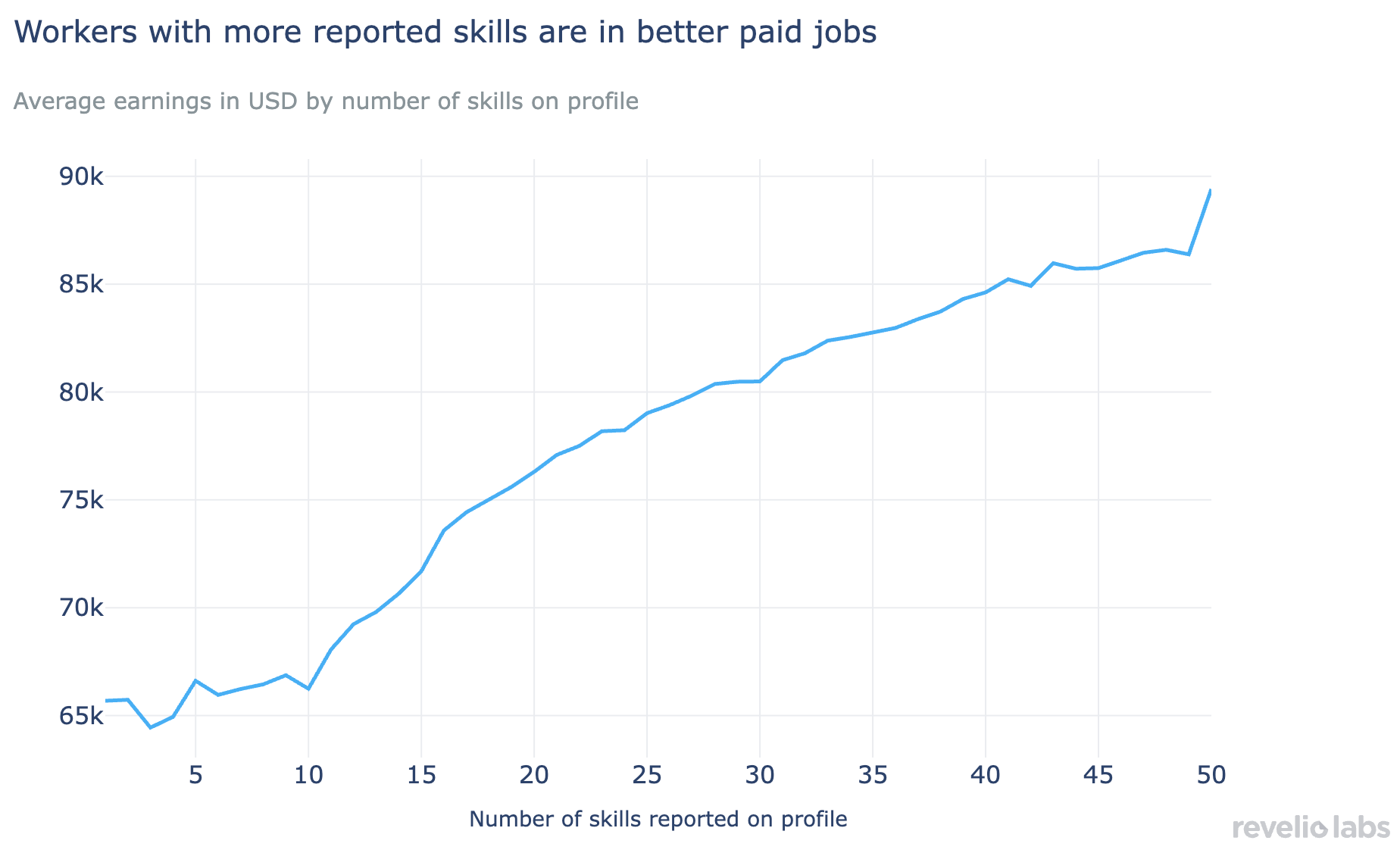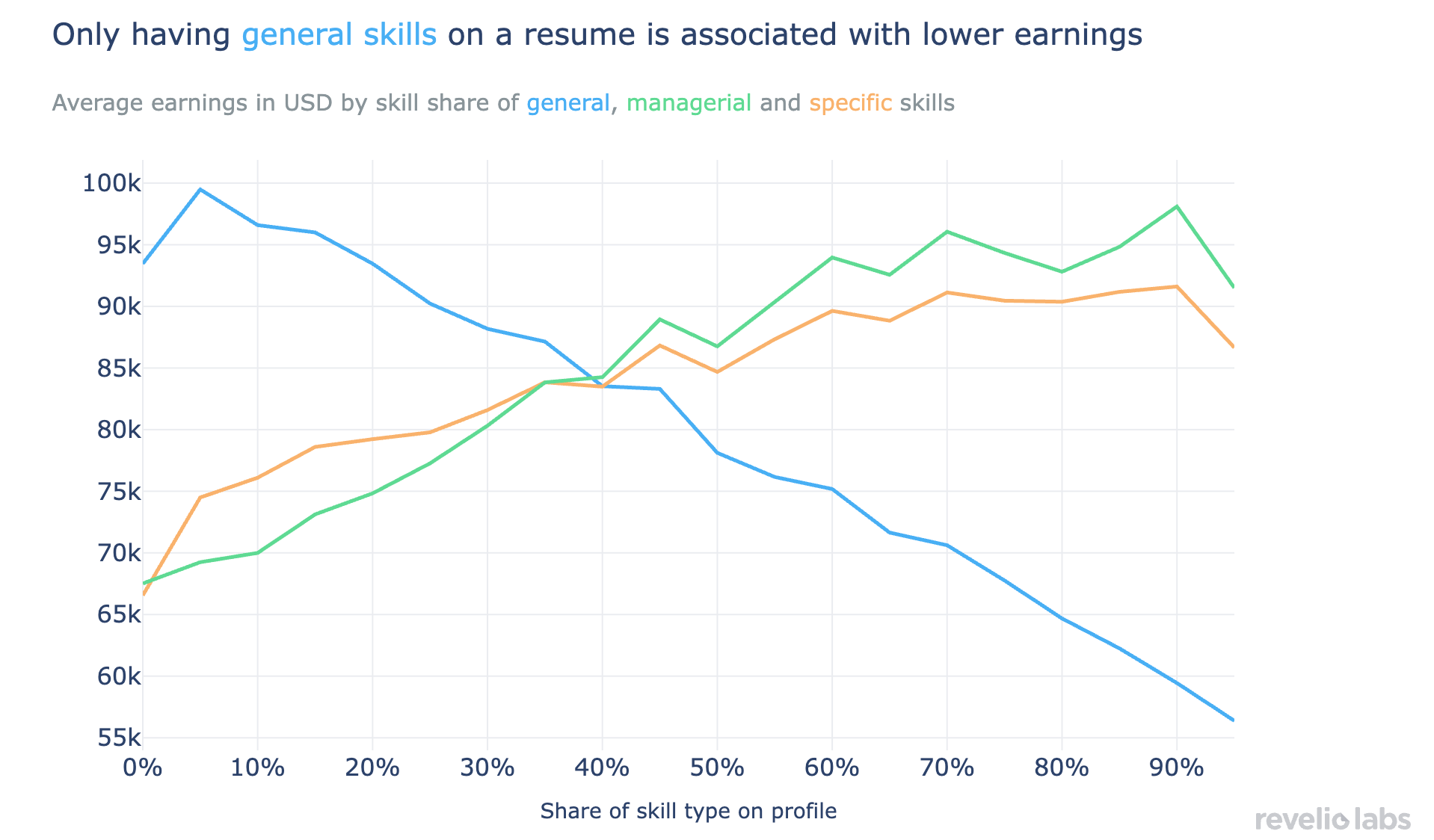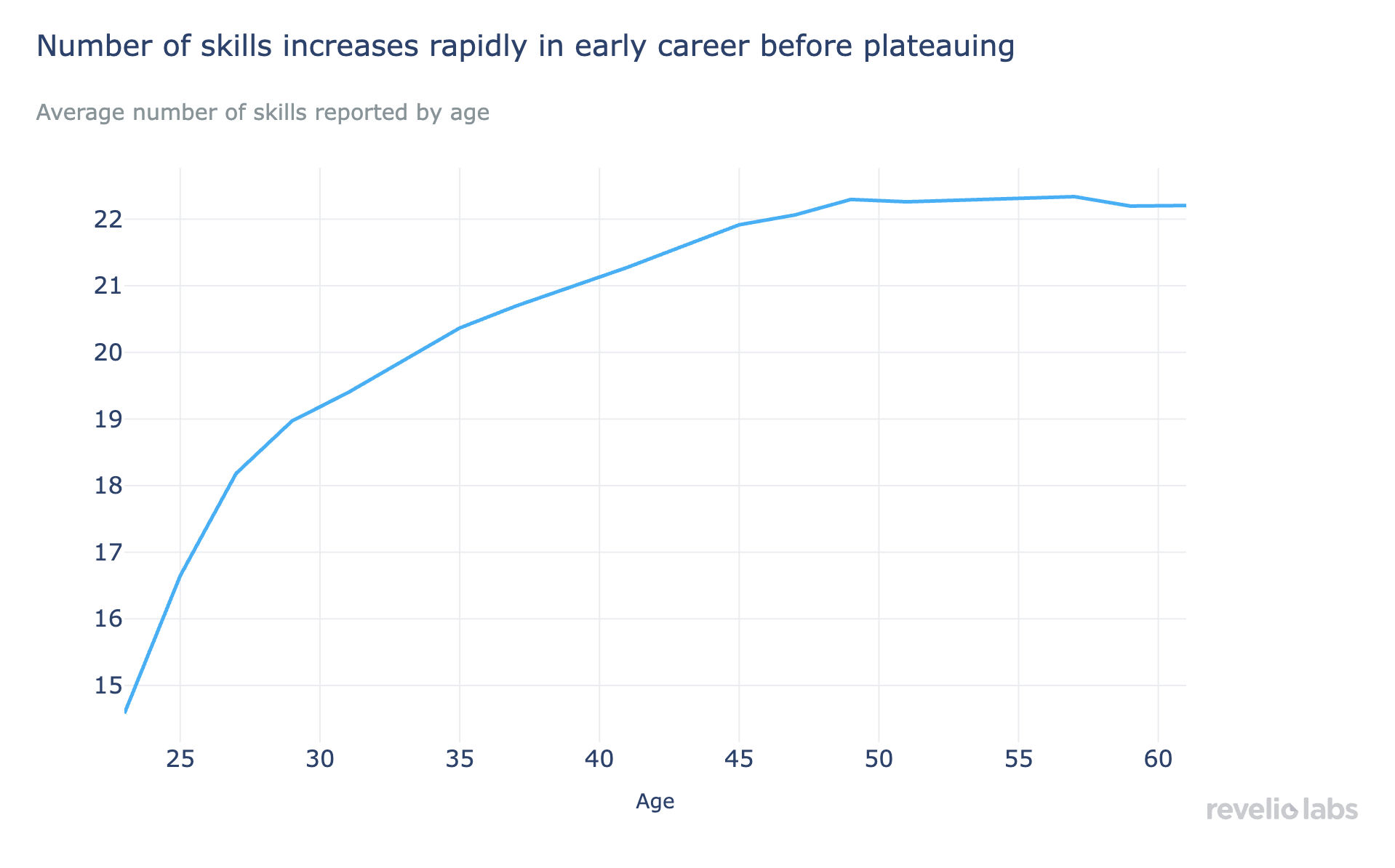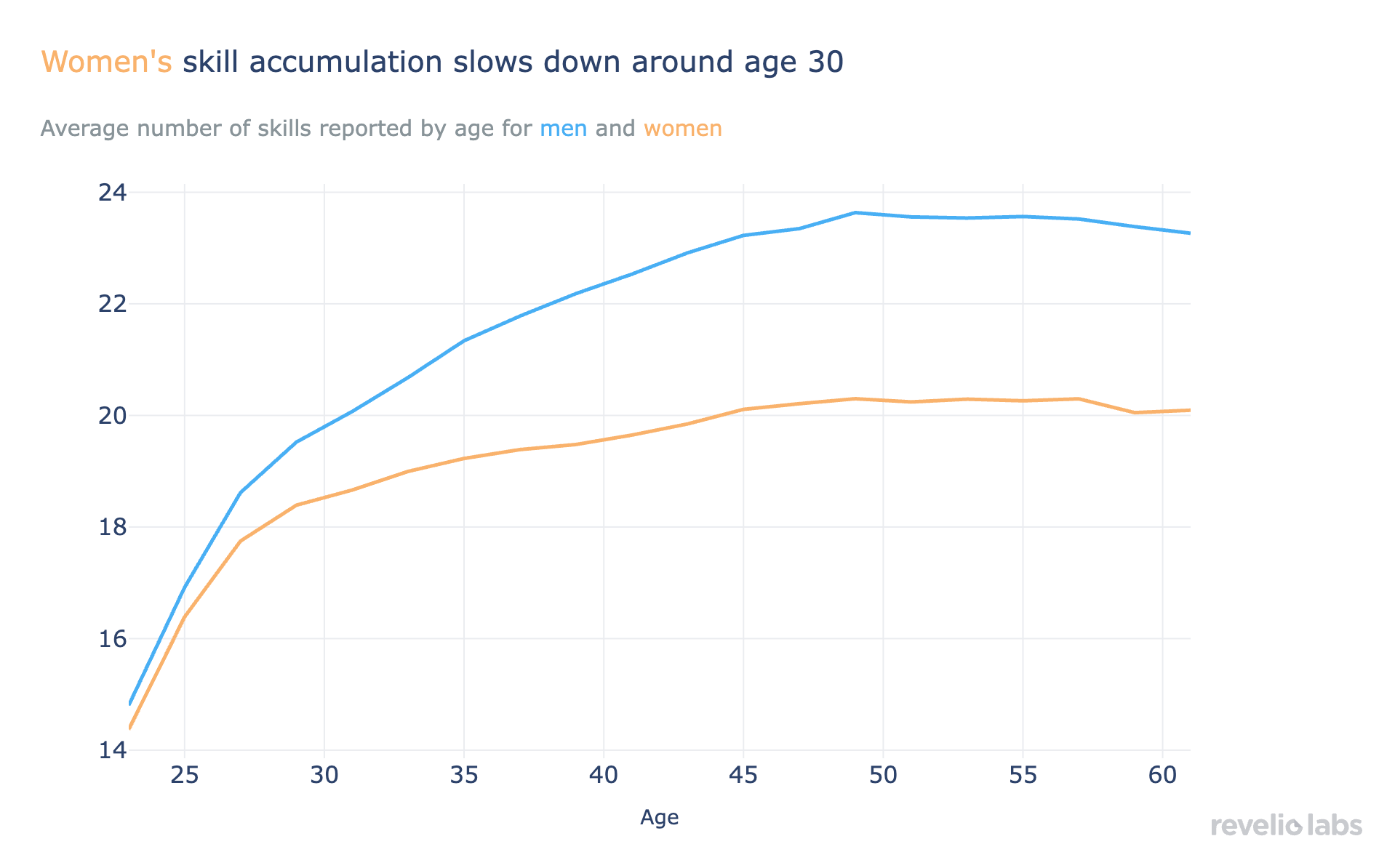How Much Is a Skill Worth?
The more skills you learn, the more you earn

Skills on a resume act as signals to the labor market about a person’s ability. Differences in skills explain more variation in earnings than education or experience. Workers with more skills reported on their resume are in higher paid jobs, with each additional skill associated with 0.67 percentage points higher earnings.
However, not all skills are valued equally. Occupation-specific and managerial skills provide the largest boost to income, while a higher prevalence of general skills is associated with lower earnings.
Although men and women report a similar number of skills at the start of their careers, women add fewer skills than men during their 30s and 40s. This gender skill gap is entirely explained by reduced work hours after motherhood and accounts for 60% of the overall gender earnings gap.
In a labor market increasingly interested in what workers can do rather than just their credentials, understanding skills has become essential. However, the relationship between workers’ skills and earnings is not well understood because classic data sources based on surveys rely on education and occupation as rough proxies for ability. Individual online profile data, on the other hand, gives us the opportunity to understand skills in detail. Understanding how workers build and signal their skills over time is critical for identifying the drivers of wage growth, career progression, and persistent inequalities.
A new paper using Revelio Labs’ individual profile data, co-authored by our Chief Economist Lisa Simon with David Dorn, Ludger Woessmann, Moritz Seebacher and Florian Schoner, finds that the number and type of skills workers report are strong predictors of how much they earn. In fact, differences in skills predict earnings better than differences in education or past experience. Workers who list more skills tend to be in better-paid jobs. On average, each additional skill listed on a resume is associated with 0.67 percentage points higher earnings.


Additionally, not all skills are created equal. The paper distinguishes between three broad types of skills: general skills such as communication, customer-relations or problem-solving; managerial skills like financial analysis or project management; and occupation-specific skills such as coding or healthcare-related skills. As the plot below shows, the greater the share of general skills among all skills, the lower earnings tend to be. This suggests that having only general skills is not valued by the labor market as highly as having a mix of specific and managerial skills. The findings also suggest that managerial skills contribute the most to earnings potential, followed closely by the skills of an expert individual contributor.


The pattern of skill accumulation over a lifetime closely mirrors the well-established shape of the age-earnings curve. The number of reported skills rises quickly in the first decade of a person’s career. It then grows steadily but more slowly in people’s 30s and 40s, and eventually levels off around age 50. This concave trajectory is consistent with the idea that workers acquire most of their new skills early on, and gradually transition into more stable roles with less on-the-job learning.
This is further corroborated by the finding that older workers indicate larger fractions of occupation-specific and managerial skills, suggesting that these skills are often acquired through on-the-job experience, while general skills are primarily acquired during initial education.


Of course, not everyone accumulates skills at the same pace, and the data reveals a striking difference in the skill-age profile for men and women. While men and women begin their careers with nearly identical numbers of reported skills, a gap begins to emerge in their thirties. As men continue to add skills, women’s growth flattens significantly. By mid-career, the difference is large and persistent. The paper shows that this gender gap in skill accumulation cannot be explained by differences in occupations or by women being less likely to update their profiles. Instead, the key factor is labor supply: after becoming mothers, women often reduce their working hours, which limits the opportunity to gain new skills on the job.
This has measurable effects on earnings. The slower pace of skill growth among women accounts for 60% of the observed gender gap in job-based pay—far more than can be explained by differences in education or overall work experience. In other words, skills—especially those accumulated through continuous labor force participation—are the missing link between motherhood and long-term earnings inequality.


These findings suggest that skill accumulation plays a far greater role in shaping career outcomes than what was previously measurable, and that unequal opportunities to build those skills—especially during critical mid-career years—help sustain long-standing disparities. While education remains important, it’s what workers learn and apply on the job that increasingly drives earnings potential. As a result, addressing the gender pay gap will require more than equal access to school or work—it will mean ensuring that all workers have the time, support, and opportunity to continue building high-value skills across their careers.


